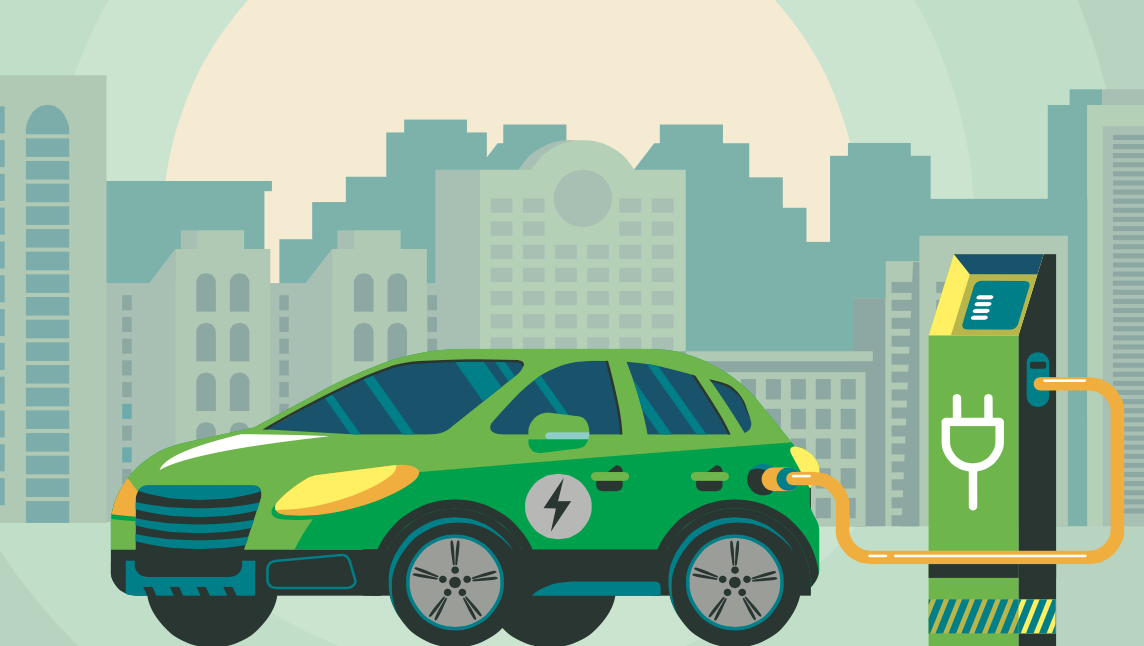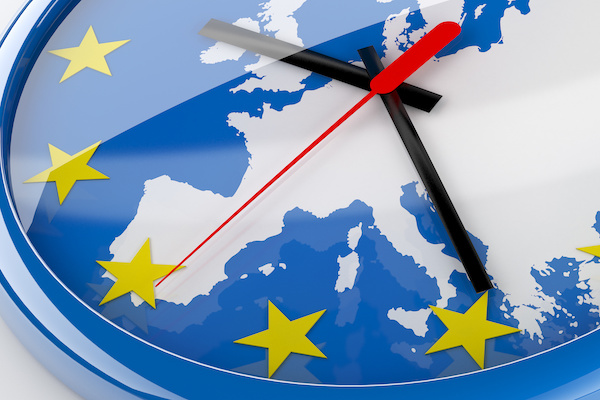24 October 2018
Electromobility in the spotlight during two weeks at the Paris Motor Show


The French Motor Show, which took place in Paris from October 4th to 14th,was attended by more than a million visitors, curious to discover the cars of tomorrow, and in particular, the new electric models of the car manufacturers. More generally, whether in the Mondial Paris Motor Show, in the European Parliament and Council or in the press, not a day has gone by without electric mobility making the headlines. Today, UFE goes back to these 10 days, which are of crucial importance for the deployment of electromobility both in France and in Europe, and the steps that still need to be taken.
This 2018 edition of the Paris Motor Show, which marked the 120th anniversary of the even, was branded as the edition of the electric, shared, connected and autonomous vehicle, with, for the first time, a test centre dedicated to clean vehicles on Place de la Concorde, thus returning to the site of the very first Motor Show in 1898.
If the vehicle of tomorrow will be connected, shared and autonomous, it is already electric!
In addition to Tesla, which presented its model 3, and Renault, which has demonstrated its commitment to electromobility for several years now, many car manufacturers have presented the battery electric or plug-in hybrid versions of their cars. PSA group, for example, unveiled no less than 6 electric models and asserted the existence of an electric version for all its vehicles by 2025. These announcements are in line with the objectives set out in the Strategic Supply Chain Agreement signed on May 22nd between the automotive platform (PFA) and the government, which provides for a fivefold increase in sales of electric vehicles by 2022.
In addition to the changes of the powertrain, car manufacturers have also affirmed a strong and revolutionary credo for mobility: the vehicle of tomorrow will be shared and autonomous. The autonomous vehicle was already symbolised by Navya’s presence at the Show and the countless concept cars – notably the PSA Group’s e-Legend concept or the Renault EZ-Ultimo – flagships at the show. With regard to shared mobility, the Moov’in Paris service developed by Ada Location and Renault and based on the provision of 100% electric vehicles was announced during the show on October 10th.
The electricity industry is mobilising for electromobility and cooperating with the automotive industry
Beyond manufacturers’ announcements, which herald the contours of tomorrow’s automotive market, the actors of the electric sector have demonstrated their commitment to decarbonise road transport and promote electromobility, a choice that is particularly relevant in France, where the electric mix is, and will continue to be, largely carbon-free[1].
As an official partner of the Paris Motor Show, Engie presented, within and around the show, the group’s solutions to facilitate the acquisition of electric vehicles and the experience of electromobility. Enedis, also present at the show, signed a partnership agreement with the PFA on October 3rd to inform and train stakeholders on electric mobility and to contribute to the emergence of an ecosystem favourable to the development of electric vehicles. Finally, on October 10th, during the “Electric Days”, EDF unveiled its electric mobility plan for the supply of electricity, the deployment of charging infrastructure and smart charging solutions. EDF will rely on numerous partnerships, notably with Renault and Valeo as well as two start-ups: Nuvve for the smart charging and ubitricity for street lamp charging points.
It is now up to public decision-makers to define a framework favourable to clean mobility
In order to make the actions of economic actors a reality and put the transport sector on track to reduce its greenhouse gas emissions and, beyond that, improve air quality, the ball is now in the hands of public decision-makers.
At the European level, the trilogues on the regulation setting CO2 emission standards for passenger cars and light commercial vehicles in 2030, as well as the ongoing votes on the Clean Vehicles Directive, must ensure an enabling framework for decarbonising the European car fleet to stakeholder. To this end, UFE recalled the need to have ambitious targets for reducing CO2 emissions, and the central role of public procurement of clean vehicles on the market.
At the French level, the draft law on mobility (LOM) and the 2019 draft finance law (PLF) must provide clear and sustainable support for the development of the electromobility market, in particular through support mechanisms for the purchase of electric vehicles. These support mechanisms must apply to both private individuals and professionals, the latter including the extension to electric vehicles of the over-damping system previously reserved for commercial vehicles driving on biodiesel and CNG. This support must also cover charging infrastructure, both public and private, the deployment of which is one of the conditions for the success of the energy revolution in transport.
The 10 days of the Paris Motor Show have reinforced UFE’s conviction that tomorrow’s mobility will be electric and that cooperation between the actors of the electric and automotive sectors will be the key to all success. This is why UFE, committed to electromobility, is strengthening its cooperation with the actors of the automotive industry, for example in some working groups or events such as the “Electromobility Route” organised as part of the Motor Show. However, the advent of electromobility also requires the definition of a favourable regulatory framework that reflects the climate challenges for the transport sector recently highlighted again by the IPCC.
[1] With regard to the composition of the electricity mix, between 90% and 95% of electricity production is carbon-free. Source: RTE
Find out more
02 June 2020
“Long live Europe”: it’s time for Europe!
25 February 2020
Brexit: love last 47 years


About us
The Union of the French Electricity Industry is the trade association of the French electricity sector. We bring together companies from the whole value chain of the electricity industry.
Find out more










